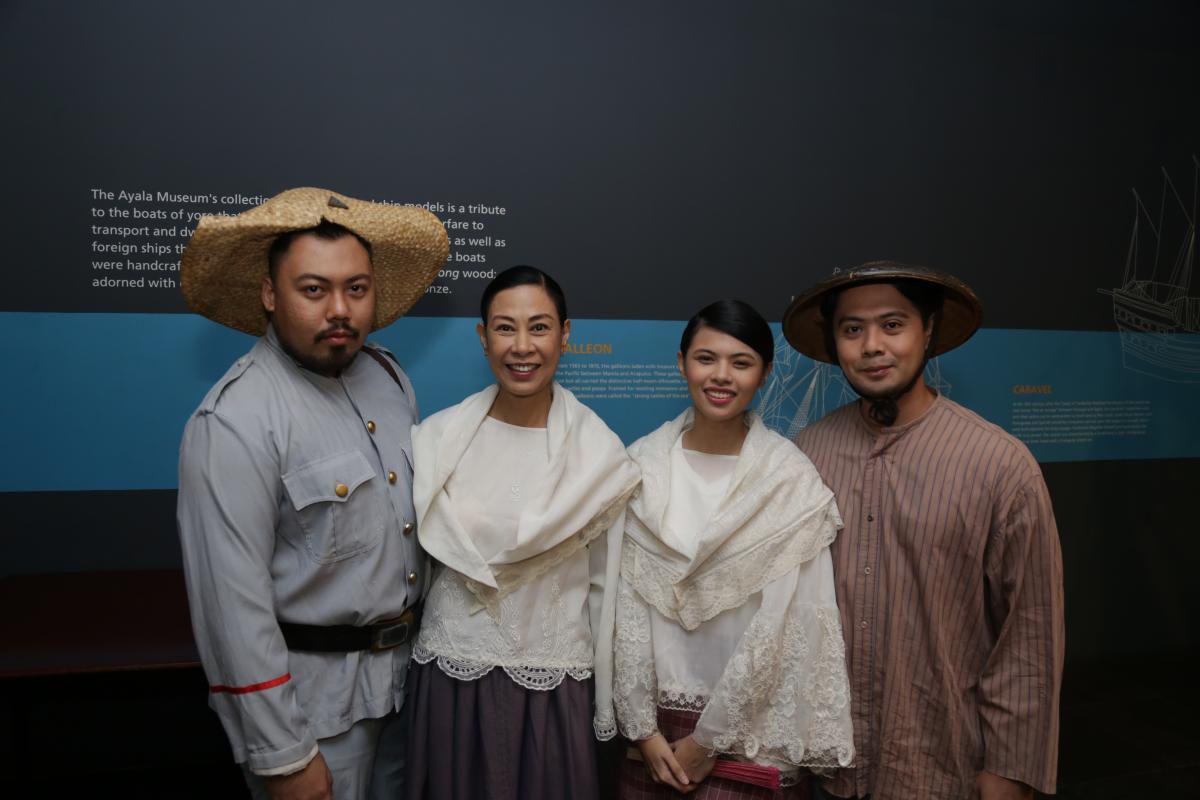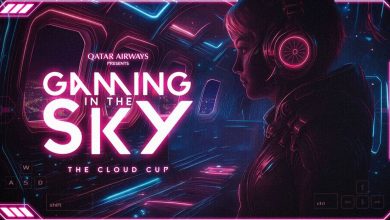The museum is now giving the virtual reality treatment and recollecting the historical figures from the perspectives of Emilio Aguinaldo and Andres Bonifacio. This was produced after the game-changing diorama of VR-inspired with immersive execution of Jose Rizal last year.
In partnership with I AM CARDBOARD PH lead by Ibba Rasul, they were able to recreate this pivotal point in history, after a warm reception towards the first VR experience, with the visitors being able to use 360 degrees goggles that will enable you to immerse in defining the moments of Bonifacio and Aguinaldo’s stories.
Ibba Rasul said that there were complexity before they came out with the VR experience of Aguinaldo and Bonifacio, “This was a lot more complicated – first, we asked for the rights, but they said no – if you’ll gonna use it for telling the story of that person, second is the technology and the hardware that is in the museum – the hardware to view it to make to the experience more immersive. Lastly is the complexity in audio.”
The two prominent figureheads in the Philippine revolution, the legacies of Bonifacio and Aguinaldo are often held in the same conversation that includes the other. Though paths they took diverged from one another, each path lead to the emergence of the Filipino nation.
Technology have really immersed the society already from AR, VR, and big data. In order to present this kind of history, the Ayala Museum wanted to make a mark to the audiences especially to the young ones and see how would this impress them, “We are so fortunate to have these kinds of people to work with. But I think the decision to do the VR, was really the fact that talking to the new generation is to get your curiosity. Because the assumption is you don’t know history, so how are going to get you engaged, and the best part is there’s technology to make that engagement”, Mariles Gustilo, Director of Ayala Museum. She also added that, “In this second in the series of Diorama VRs, like a fly in the wall, we are privy to the backstory of the complex road to independence where all is not what it seems. That’s what’s great about VR immersive technology. It heightens empathy.”

Renowned historian Professor Ambeth Ocampo added, “We want to deepen the story. The Bonifacio and Aguinaldo story is more complex than we would want it to be. In the beginning of what we originally wanted to do, is to have two versions of VR, if you wanted to follow Andres Bonifacio or Emilio Aguinaldo”.
Also as Ocampo as the main consultant for the VR expansion, he clarified why those events were chosen, “These are controversial events in Philippine history, one that encourages an emotional rather than historical response. VR makes the viewer revisit the past to see two heroes with two paths to the same objective: freedom. It underscores the sad reality that the road to nationhood is not clean and clear-cut as we would want it to be. So by going back into the past we learn about human nature, we learn about the sacrifices made to become the nation we can be.”
The expansion of its virtual reality efforts is just another way the museum recognizes the importance of the digital experience in enhancing the traditional features of the museum. It is the museum’s way of saying that history need not be stuck in the past. It can go beyond books, monuments, and static figures in dioramas.

“Through the virtual reality experience, Ayala Museum encourages people to journey back in time, revisit our roots as a country, and learn lessons from the past that are still relevant to the present,” as emphasized by Ruel T. Maranan, President of Ayala Foundation.
The Diorama Virtual Reality Experience: Emergence of the Filipino Nation is ongoing as of press time.
For questions and inquiries, you can contact Ayala Museum at [email protected] or call at 759 82 88.







